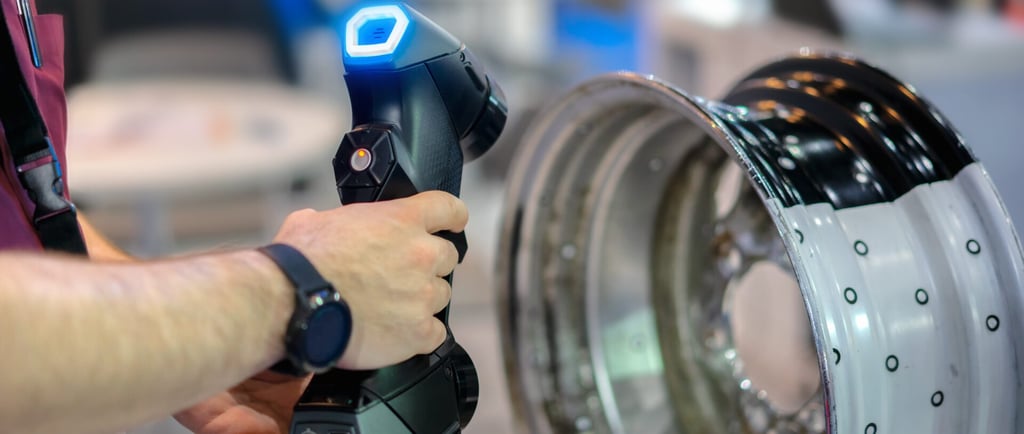Reverse Engineering and 3D Scanner Usage
A complete guide
Pierpaolo L.
9/1/20242 min read


In the modern world of design and manufacturing, reverse engineering has gained significant importance. Thanks to advances in technology, tools such as 3D scanners have made this process more accessible and precise than ever before. But what exactly does reverse engineering mean and how does 3D scanners play a crucial role in this process? In this post, we will explore these concepts and how they can be applied in various industries.
What is Reverse Engineering?
Reverse engineering is the process of deconstructing an object to understand its design, architecture, or function. In simple terms, it involves taking an existing product, analyzing it in detail, and reconstructing its CAD (Computer-Aided Design) model for various purposes, such as improvements, repairs, or replicas.
This process can be used in a variety of industries, from industrial manufacturing to prototyping, from the restoration of historical objects to research and development. The goal is to gain a thorough understanding of the product or component in order to reproduce or improve it.
The importance of the 3D Scanner in Reverse Engineering
The use of 3D scanning has revolutionized reverse engineering. Before the introduction of this technology, reverse engineering required laborious and manual processes, which often led to errors and inaccuracies. With 3D scanning, however, it is possible to acquire data with incredible precision, significantly reducing the time required to obtain a high-quality digital model.Come Funziona uno Scanner 3D?
Phasis of Reverse Engineering with a 3D Scanner
Object Preparation: Before you begin scanning, it is essential to prepare the object. This may include cleaning the object or applying a matte spray to improve the reflectivity of shiny surfaces.
3D Scanning: The object is scanned from different angles to capture every detail. In some cases, multiple scans may be necessary to get a complete representation of the object.
Point Cloud Generation: The scans are combined to create a point cloud that represents the entire surface of the object. This point cloud is a raw representation that requires further processing.
Point Cloud Processing: The raw data is filtered and processed to remove noise and imperfections. The result is a 3D mesh, which is a triangular model that represents the surface of the object.
CAD Reconstruction: The 3D mesh is used to create a CAD model, which can be further modified, analyzed or used for manufacturing.
Application of Reverse Engineering with a 3D Scanner
Maintenance and Repair: The automotive and aerospace industries use reverse engineering to reproduce components that are no longer available or to repair damaged parts.
Prototyping and Product Development: Companies can analyze competing products to improve their designs or develop new versions.
Restoration and Conservation: Museums and archaeologists use 3D scanning to restore historical objects and preserve cultural heritage.
Additive Manufacturing: Reverse engineering can be combined with 3D printing to rapidly produce prototypes or custom parts.
Benefits of Using 3D Scanner
Accuracy: 3D scanners offer an accuracy that can hardly be achieved with traditional methods.
Speed: 3D scanning significantly reduces the time required for reverse engineering compared to manual methods.
Versatility: 3D scanners can be used on a wide range of materials and dimensions, making them suitable for different applications.
Conclusions
Reverse engineering, powered by 3D scanning technology, represents a breakthrough in the way we understand and improve existing products. Whether you are an engineer, designer or technology enthusiast, understanding and mastering these techniques can open up new opportunities in your work or personal projects.
In an increasingly digital world, the ability to accurately deconstruct and reconstruct is not just a competitive advantage, it is a necessity. If you haven’t explored the potential of reverse engineering with 3D scanning, now is the time.


